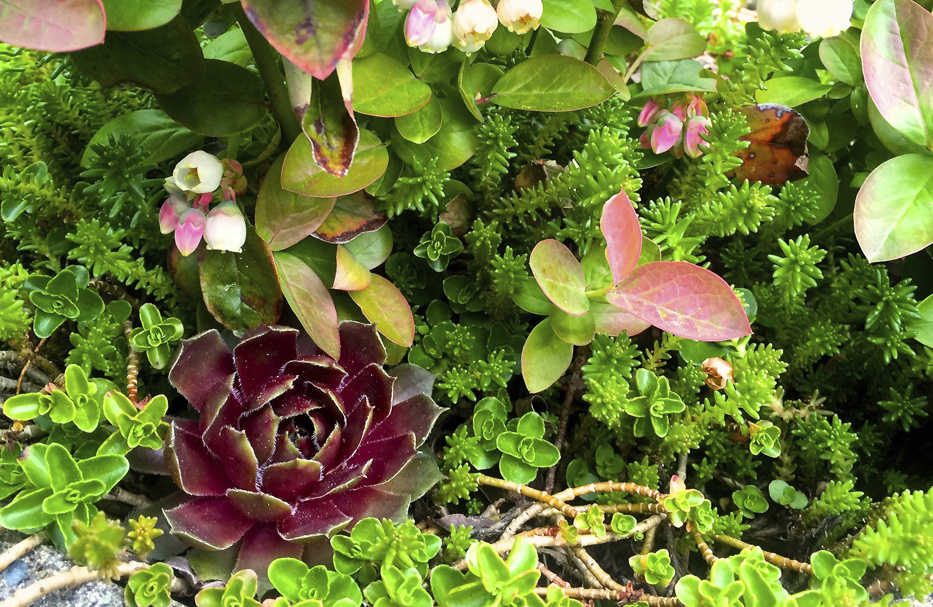If you’re shifting to houseplants as cold weather approaches, consider gardening with succulents. Succulents are easy, disease-resistant, and thrive despite the dry air common indoors in winter.
Think of them as the new African violets.
“They require so little care. They look good all the time and they do well in low humidity,” said Gary Bachman, a research professor with Mississippi State University Extension in Biloxi.
Their soft, juicy leaves and enlarged stems allow the plants to store water under dry conditions.
“The only thing the homeowner can do wrong is overwater,” Bachman said. “They won’t like it in containers that don’t drain well.”
Succulents offer a wide variety of eye-catching foliage and flower colors. “Growth habits include everything from ground-hugging creepers to upright growers,” Bachman said.
Pruning generally is not required because the plants tend to be slow growers, he said. “You don’t really need to fertilize very often, but a little slow-release fertilizer can promote faster growth.”
Most succulents are tender plants — natives of frost-free areas — so planting them in shallow trays makes it simple to carry them inside before the killer frosts arrive.
“Succulents also are easy to plant indoors,” Bachman said. “They look great on windowsills and bright office spaces.”
Growing them in ornamental containers gives them a decorative edge when grouped with other houseplants. Combining several different kinds of succulents creates attractive dish gardens. Choose plants with similar growth habits and care needs, though. That makes them easier to care for.
Some succulents are hardier than others but it’s best to look at them as a group, Bachman said. “Most require some care or protection in northern climates, although here in Mississippi and around the South, they generally can stay outdoors 12 months,” he said.
Succulents prefer bright light most of the day, the kind they would get from south-facing windows, said Leonard Perry, Extension professor emeritus at the University of Vermont.
“If your plant starts to ‘stretch,’ or grow tall and lanky with space between leaves, it isn’t getting enough light,” Perry said. “Also, rotate plants weekly if they are bending toward a light or window.”
Succulents recommended for growing indoors include aloe, sansevieria, jade plant, echeveria, mother-in-law’s tongue, Christmas cactus, sempervivum, sedum and spiderwort, among many others.
“Although aloe is grown in desert gardens in mild climates, it can easily be grown as a potted plant in our (Vermont) climate as well,” Perry said. “The aloe will produce offshoot plants, which can be removed and potted.”
Succulents crave heat, so keep them away from drafts or from rubbing up against cold windows.
Well-drained, sandy soils are the best potting mixtures. Allow them to dry completely between each watering.
“One rule of thumb is that the thicker the leaves, generally the less water the plant needs,” Perry said.

